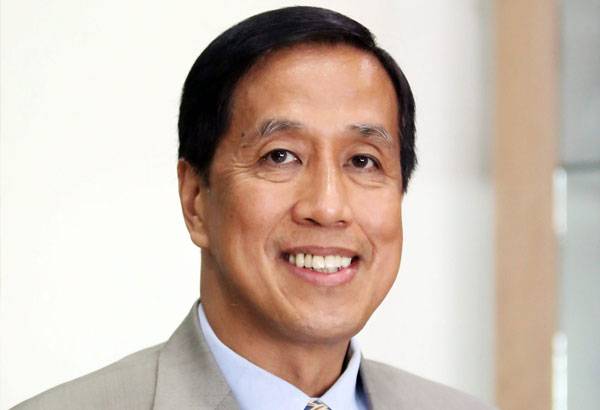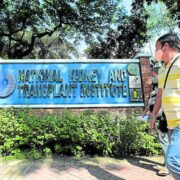Shared prosperity, excuse me?

Listen to the World Bank demystify it. “Shared prosperity is the average annual growth rate in income or consumption of the bottom 40 percent of the population in a country.”
When is prosperity “shared”? Is it “balato” (largesse) by the winners to the losers after the former has amassed prosperity? Or is it the outcome of a just process where the rules allow unfettered markets but preclude the systematic annihilation of the weaker players?
For good reason, the “largesse” notion has many adherents. It allows the sharer to tightly control the amount of prosperity that he gives up without altering the kind of behavior that allowed him to accumulate it.
There are many ways to do this. The most popular is to create a “giving” program that has nothing to do with the core business of the company and give it a budget. The smarter ones would even isolate that endeavor into a nonprofit vehicle for tax advantage and better optics.
Healthy supply chain
Meanwhile, the “just outcome” notion has its own exponents. These are brave souls who are not afraid to tame their dominance of the supply chain by allowing their weaker partners to flourish.
In the short run, they rack up less prosperity than they would if they had been ruthlessly competitive. In the short and medium term, this is high-risk because they give up significant control of the prosperity equation. If they are publicly listed, they may get punished by analysts whose discounted cash flow models fatally miss out true enterprise value.
Those who persist with the “just outcome” notion despite the perils need not worry about largesse. In their world, prosperity gets shared, not unilaterally by the winner, but as a result of behaviors that recognize the value of a healthy supply chain.
What is a healthy supply chain? Rather, what is it not? A healthy supply chain is not one where the strong, by brutally wielding its market power, gets stronger relative to the other players after every production cycle and the weak gets killed and simply replaced in the chain by the next victim.
Where does the government come in? Government exists to ensure that supply chains are fair. It is not an easy job because of the dynamic tension between free markets and regulation. But that is precisely why public service is not for those incapable of nuanced thinking or too scared to take concrete action beyond cute policy statements and “multi-stakeholder covenants.”
I may well be overthinking and complicating it. But from my perspective, shared prosperity is the collective outcome of behaviors in the economic chain. It is too dangerous to leave that outcome to the benevolence of monoliths.
Please join the Management Association of the Philippines (MAP) 2nd Summit on Shared Prosperity, with the theme “Bringing shared prosperity to life,” featuring Dr. Robert Klitgaard, professor and former president of Claremont Graduate University, and Ramon Del Rosario Jr., chair and CEO of Phinma Corp., as the keynote speakers. The summit will be held on Oct. 9, Wednesday, from 2 p.m. to 5 p.m. at the Grand Ballroom C (Level 3) of Shangri-La The Fort.
———
This article reflects the personal opinion of the author and does not reflect the official stand of the Management Association of the Philippines or MAP. The author is past president of MAP and member of the MAP Shared Prosperity Committee. He is chair of Maybridge Finance and Leasing Inc.


















